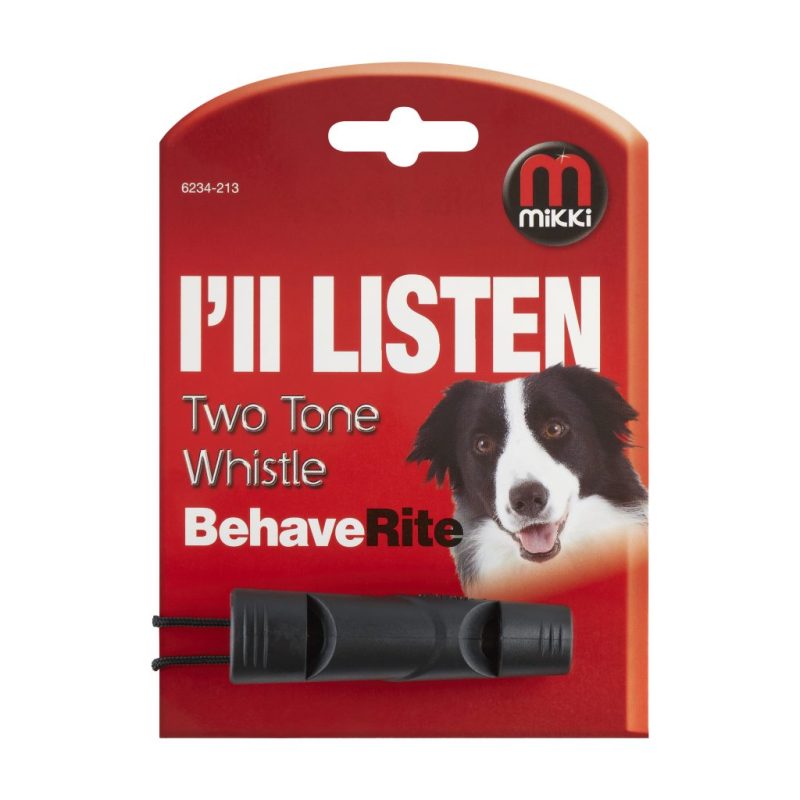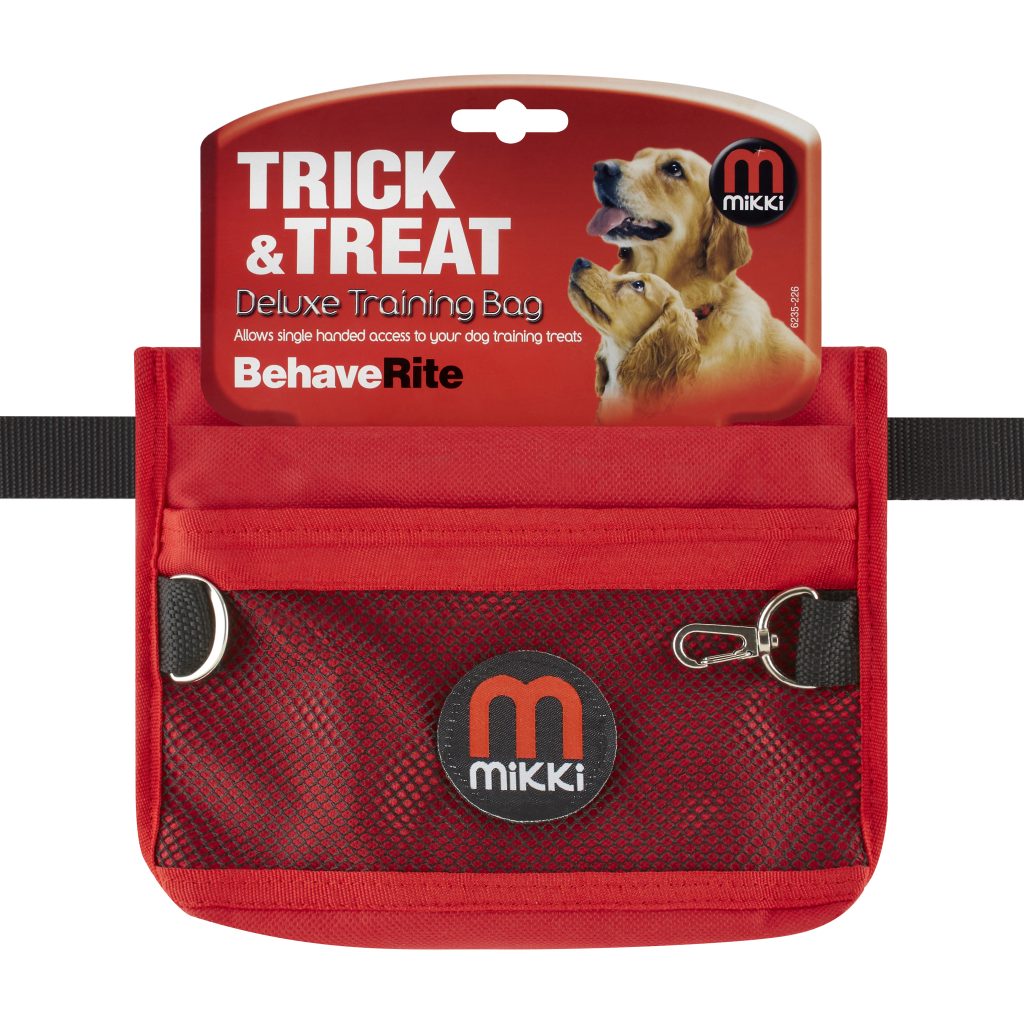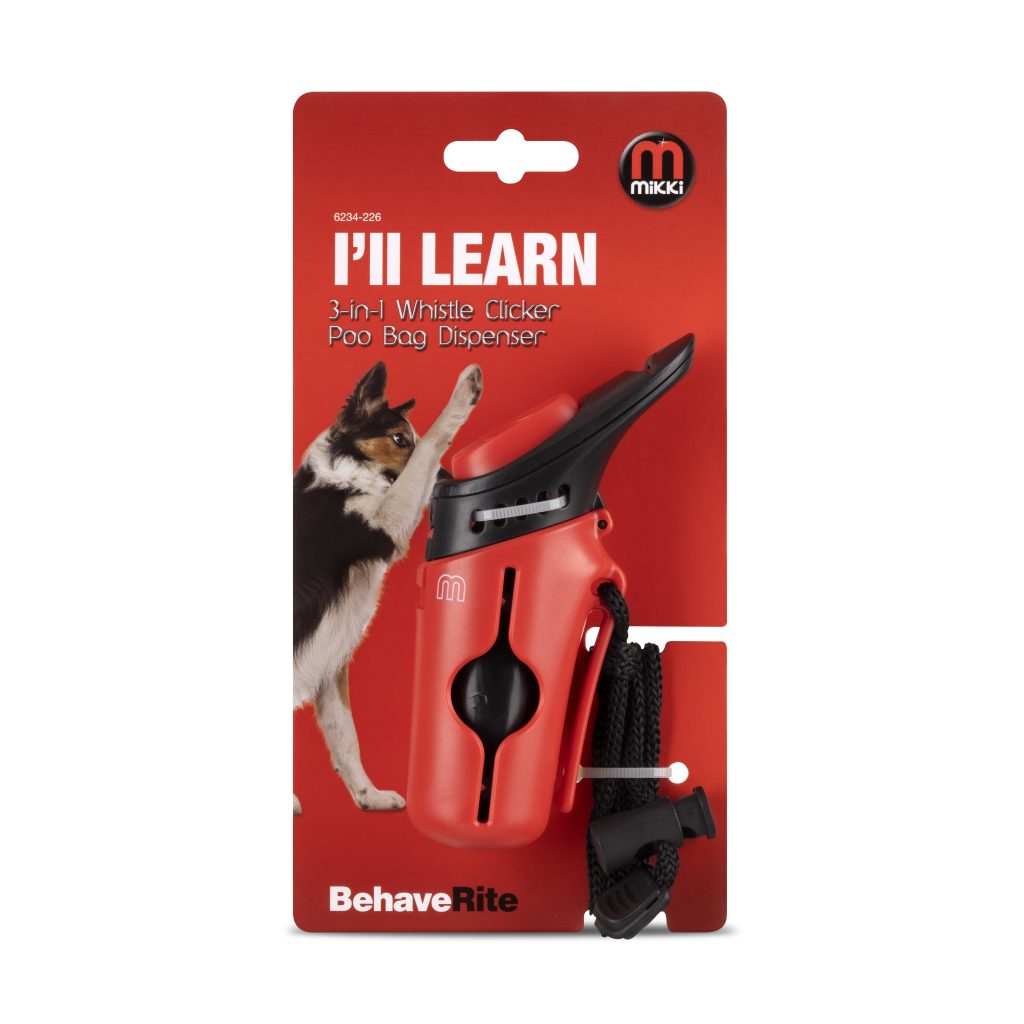Whistle Training: How to use a dog whistle for training & recall?
Training in the great outdoors can be difficult, especially if there are several different distractions that your dog prefers over you. Getting your dog to respond to your voice can prove challenging when competing with environmental factors such as smells, noises… and squirrels! As much your dog hearing your voice commands can work, sometimes your tone, pitch and volume can vary and may not always be recognised or heard by your dog when out on a walk – especially with these other distractions.
A whistle can help cut through noise and provide a consistent sharp sound that the dog will be able to recognise and can be heard over a long distance – and saves your voice!
In short, a dog whistle is a great training aid for 3 reasons:
- Saves your voice: Why strain your voice shouting after your dog when you may not even be sure they can hear you. With the sharp and distinct sound from the whistle, you can use your voice for commands when your dog is closer.
- Sharp & distinct sound: The loud and consistent sound coming from the whistle is easy for your dog to recognise and respond to.
- Travels further: The sound can travel longer distances than your voice without being too loud for human ears. Some whistles pitches can only be heard by dogs.

What type of training do I use with the whistle?
Dog whistles are most used for recall – and that is a good place to start, but they can be used for much more than just recall. They are also used quite often with Clickers so you can praise your dog with a *click* when they respond appropriately to the whistle. For convenience, try the Mikki 2-in-1 Whistle Clicker if this is the way you would prefer to train.
If confident, you can use the whistle for commands such as sit, lie down, middle and more – all depending on how many times you blow the whistle. This is most seen with sheepdog handles and is a more advanced level of training but is an option for those interested.
If you use the Mikki Two Tone Whistle, you can use the 2 separate tones for different commands. Alternatively, you can use the two tones for training and recall on separate dogs.
Here are some top tips for when using a dog whistle and how it can aid you in training and recalling your dog:
- Try at home first
Try using the whistle at home or in the garden first just so you know how to get the most consistent sound out of your whistle. Then try at home with your dog just so they can get an idea of what the sound it and who is making it. - Use treats & verbal commands for positive reinforcement
It will be difficult for your dog to learn and understand any new skill, so positive reinforcement like their favourite treats when they have responded or reacted positively is a must. It is very similar to the training you use with a clicker – so if you are using this aid as well, use a clicker and/or a treat to reinforce the good behaviour. You can then also build up to verbal commands as well if you want to move away from the clicker. - Try training at mealtimes
Not all dogs are food orientated. If yours isn’t, try training them around their mealtime when you expect them to be hungrier. You can start with tasty treats and then move onto their daily food. Remember not to exceed their daily food allowance. - Use a long/ recall lead
If you are uncomfortable letting your dog off the lead outside of your house, try letting them get use to the whistle with them on a recall lead first. This way you can be comfortable to let them run far enough away without being in danger of not getting them back. - Keep sessions short and fun
“Rome wasn’t built in a day” – short but regular training sessions all add up. Consistent training that is fun for you and your pet will add up in thin layers and can deliver better results in the long term as well as building a great bond between you and your pet.
Not enough hands?
Dealing with treats, a clicker and if you’re out and about a lead, whistle and poo-bags too can be tricky to master – set yourself up for success with kit that makes your training session easy for you to manage:

Clickers that are easy to keep hold of are essential to your success and enjoyment. Lanyards and finger bands to keep them at hand are invaluable!




